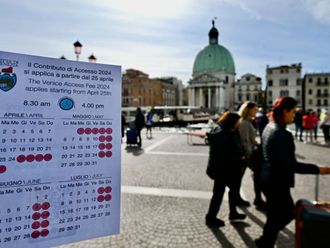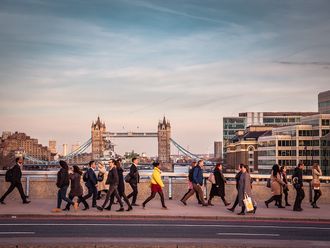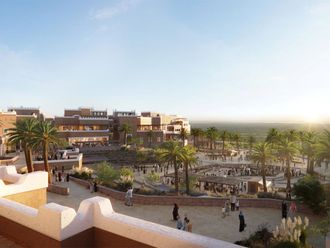Dubai: Hotels in the UAE recorded increases across their key performance indicators in February, reflecting a buoyant hospitality industry.
Occupancy in hotels across the country touched 84.1 per cent in February compared to the same period a year ago, representing an increase of 0.5 per cent, according to data by STR Global, a provider of market data to the hotel industry.
Meanwhile, average daily rate (ADR) reached Dh882.92, up 3 per cent, and revenue per available room (RevPAR- a benchmark for performance) climbed 3.5 per cent to Dh742.25.
While Dubai hotels recorded an ADR of $286.99, achieving the highest increase in the region, hotels in Abu Dhabi posted a 22.9 per cent drop in ADR to $148.72.
Occupancy
According to data by TRI Hospitality Consulting, hotels in Dubai recorded an 87.6 per cent occupancy, marking a drop of 1.1 per cent as a result of new supply coming into the market, while ADR rose 8.7 per cent to $366 and RevPAR grew by 7.3 per cent to $321.
“Hoteliers are confident in the market and are yielding higher rates,” said Christopher Hewett, senior consultant at TRI Hospitality Consulting. He expects that by the end of the year occupancy in Dubai’s hotels will be similar to last year, which stood at 80 per cent.
Hotels in the emirate attracted over 11 million guests last year, with revenues touching Dh21.84 billion, up 16.1 per cent over 2012, according to Dubai’s Department of Tourism and Commerce Marketing (DTCM). Abu Dhabi, meanwhile, attracted 2.8 million guests, marking an 18 per cent increase over 2012, data by the Abu Dhabi Tourism and Culture Authority (TCA) showed.
Development pipeline
Dubai’s development pipeline for the next two years comprised of an additional 141 hotel establishments, including 99 hotels and 48 hotel apartments, according to DTCM.
Meanwhile, hotels in the Middle East and Africa (MEA) recorded an occupancy of 67.4 per cent in February, compared to the corresponding period a year ago, according to STR Global data, an ADR of $177.42 and RevPAR of $119.55. They represented increases of 1.3 per cent, 2.7 per cent and 4 per cent, respectively.












